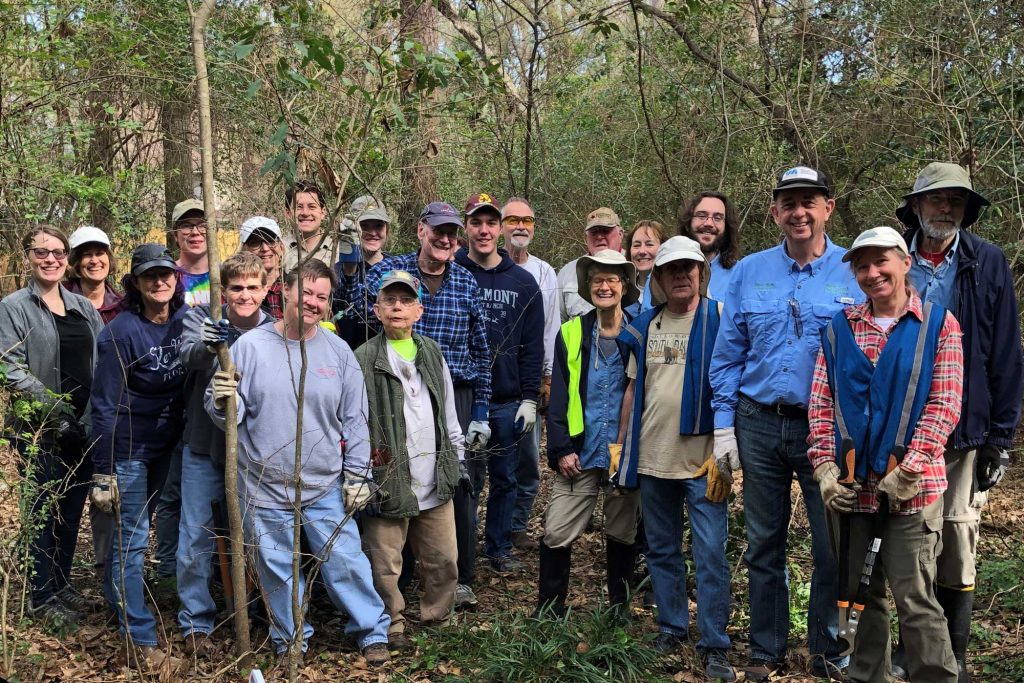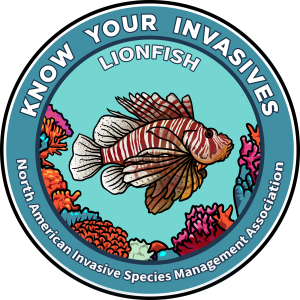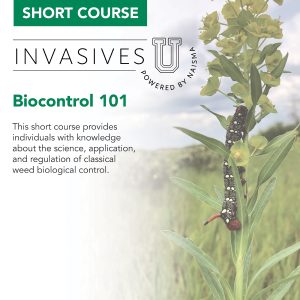Invasive species threaten every town’s green space, so it makes sense to involve citizen volunteers in invasive species removal. In my work with The Woodlands Township Environmental Services Department and as a Texas Master Naturalist for more than 20 years, I have tried many ways to share my knowledge of invasive species with the general public. By far the most rewarding experience has been with our volunteer program, Invasives Task Force of The Woodlands.
In 2018, I started working with volunteers to remove air potato vines, elephant ears, nandina, invasive honeysuckle, and many more invasive species in our community. Today, our task force is 125 members strong. Last year alone, we put in more than a thousand hours removing more than 13 thousand pounds of biomass from township parks and trails. Here is what I have learned about engaging volunteers in invasive species management.
Engaging volunteers in the control of invasive species – be tenacious!
Recruiting a corps of committed volunteer workers takes an attitude as tenacious as the invasive species they will help control. What matters most is that you are willing to invest in finding volunteers and keeping them.
Controlling invasive plants, reporting pests, and maintaining habitat areas is hard work! To commit to the task, volunteers need a reason. Start by clearly informing volunteers why their help matters. This can be through a blog post, a class, or an outreach event. Then, to close the gap between knowing and doing you must create a story. Find a way to talk about invasive species management that matches citizens’ personal values with the work ahead of them. You’ll reveal their path to becoming heroes, battling invasive species in a journey toward biodiversity.
Knowledge is power – and powerful. Provide classes and follow up.
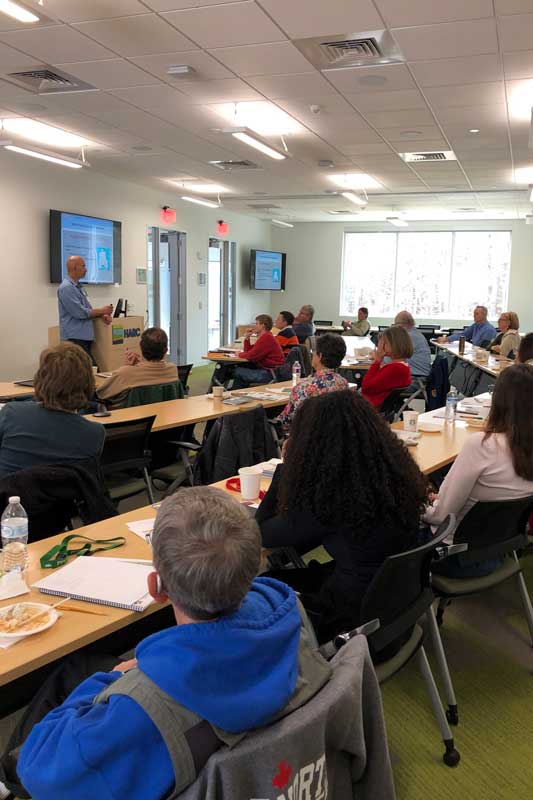
The scope of negative impacts from invasive species is a powerful driver as you guide volunteers through the struggles of managing them. I recommend hosting one or more classes covering the basics of invasive species in your area. Invest the time to share your knowledge of how invasives damage their environment – giving them their reason – as the story unfolds. Emphasize how critical preserving the native species of your region is to environmental health and, thus, how it matches their values: love of place and quality of life.
Plus, everyone wants to talk about something new they’ve learned. This is exciting information volunteers can share with their circles of influence, putting them squarely in the heroic storyline as they talk about invasive species.
Market your class(es) as “training days for volunteers.” Assure those who attend know from the outset you want hands-on workers to control invasive species. After the initial training investment, invite them to start work.
Be prepared with specific information about:
- workday dates and times
- expected outcomes
- tools and supplies you will provide
- what they should bring with them.
Open-ended invitations to participate may garner a head nod, but not action.
Some people will attend classes simply to gain knowledge, but for most you can close the knowing-doing gap by requesting they sign up for a scheduled workday. That small commitment on their part helps people see themselves as the kind of person who takes care of the community and its natural areas. As your program grows, it will be easier for volunteers to commit to more actions, considering themselves part of a worthwhile cause – and being on their way to becoming heroes in the biodiversity movement.
Start small and build.

Within The Woodlands Township’s Invasives Task Force, active volunteer members (number who volunteered at least once during the year) grew from an initial 45 in 2018 to more than 120 in 2021.
Be prepared to start with a small workforce you can build on.
Keep setting regular workdays, and extend personal invitations to everyone who attended a class.
Contact those not-yet-active individuals to make certain they feel welcome or perhaps determine why they are reluctant.
You’ll learn two things: who comprise the dedicated core of your workforce by their participation, and the advantages of offering additional or focused training classes for both engaged volunteers and the holdouts.
For example, an in-depth class about one of your worst invasives can persuade the undecided to engage, and prompt active volunteers to want to do more. At classes, have those who are already active talk about their experiences and how rewarding it has been to tackle some of the bad guys in the community’s natural areas or parks. Let them express in their own words the satisfaction of uncovering, or replacing, the native plants they know are important habitat components.
Acknowledge and show appreciation to your volunteers.
Expensive resources are not the key to maintaining volunteers, nor are shiny rewards. Indeed, it’s attention and appreciation that builds a strong volunteer community. Tenacity in showing appreciation is as important as investing in training. Be present at sites while the volunteers are working. It’s a good opportunity to really boost morale with acknowledgement of the work. Reward everyone who has volunteered with frequent and sincere thank-you messages. Most only want a pat on the back and the personal feeling that they have made a difference. You make them feel like heroes simply by thanking them often and sincerely. Small rewards on occasion can help some feel their own importance, but don’t turn rewards into the incentive to participate.
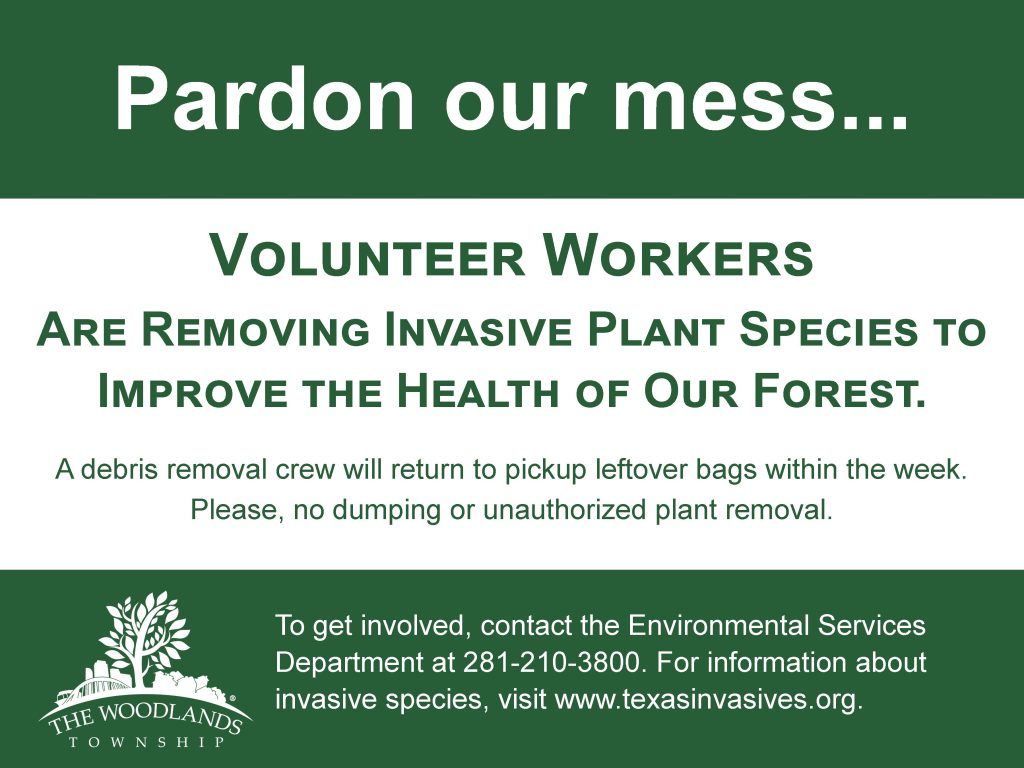
Asking an active volunteer to take on a leadership role is a great way to cement their dedication to the task. Let them choose a location they feel passionate about to set and manage regular workdays. Giving volunteers ownership is a powerful way to reward those at the core of your group.
Furthermore, fostering leadership is a terrific capacity-builder for your program. Since starting the Invasive Task Force of the Woodlands in 2018, five volunteers have taken on leadership roles. Their work involves setting workdays, inviting volunteers, organizing materials/tools, and reporting their statistics: number of volunteers, total number of hours, total amount of invasive species material removed, native plants/trees unshackled from the chokehold of invasive species. (As a result, contractors working in the community concentrate on larger infestations until they are initially cleared, allowing follow up site monitoring suitable for volunteers to undertake.) Increase volunteers’ confidence as leaders by giving them special thanks as well as support – whether it’s tools or time – when and where they need it.
Be tenacious in training your volunteers and making them know you appreciate them. Lead them on the path toward becoming heroes. As the need to control invasive species becomes a story they can feel part of, they naturally want to educate others about the issues. As your heroes advocate for your program and bring more volunteers into the movement, your capacity for success grows.

Teri MacArthur
Teri MacArthur is the Environmental Education Specialist for the Water Conservation Program of The Woodlands Township Environmental Services in Texas. She writes frequent blogs and magazine articles on a variety of natural resource related topics, including invasive species.

